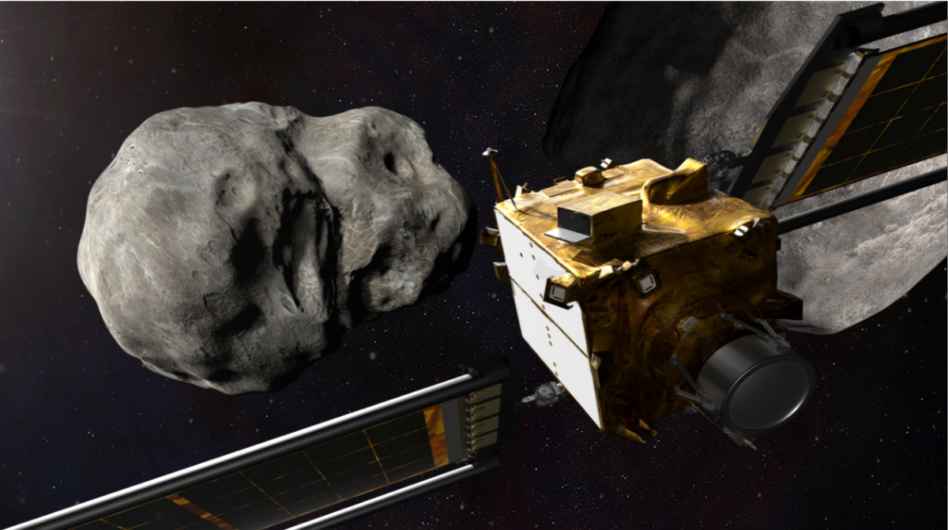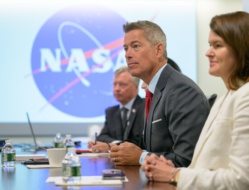NASA is prepping for the day it may have to defend the Earth against an oncoming threat. Today, it’s taking a sci-fi approach: smashing a spacecraft into an asteroid hurtling through space to try and knock it off its course.
The Double Asteroid Redirection Test (DART) has been on the long journey to its target asteroid since it launched in November last year. Tonight at 7:14pm ET, it’s on track to crash into the asteroid Dimorphos and livestream the impact for all of us back on Earth to watch.
DART background
NASA’s Planetary Defense Coordination Office contracted the Johns Hopkins Applied Physics Laboratory (APL) to build a four-foot-wide, ~1,210-pound craft that could navigate and crash into a nearby asteroid to change the football stadium-sized rock’s trajectory.
The asteroid came outfitted with its own autonomous navigation system, a set of roll-out solar arrays for power, and a camera for livestreaming the collision at a rate of 1 image per second. There’s also a free-flying auxiliary selfie cam, the Italian-build LICIACube. The cube successfully deployed last week and is ready to document the impact later this evening.
The target: The asteroid that DART is homed in on, Dimorphos, is not on a collision course with Earth. The ~525 ft-wide rock is a moonlet of the larger asteroid Didymos, making it a logical target for the small spacecraft. Researchers back home will be better able to study the change in the rock’s orbit after the collision.
You can tune into NASA Live beginning at 6pm ET to watch the crash as it happens.




